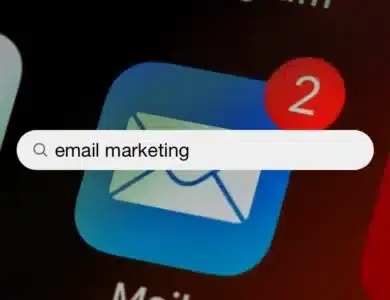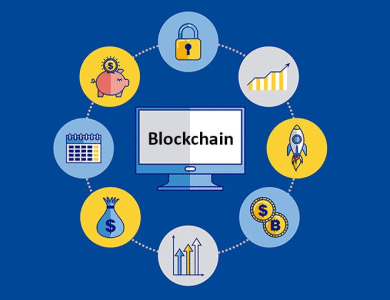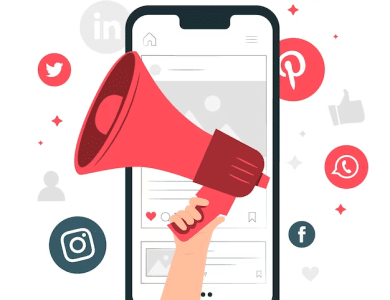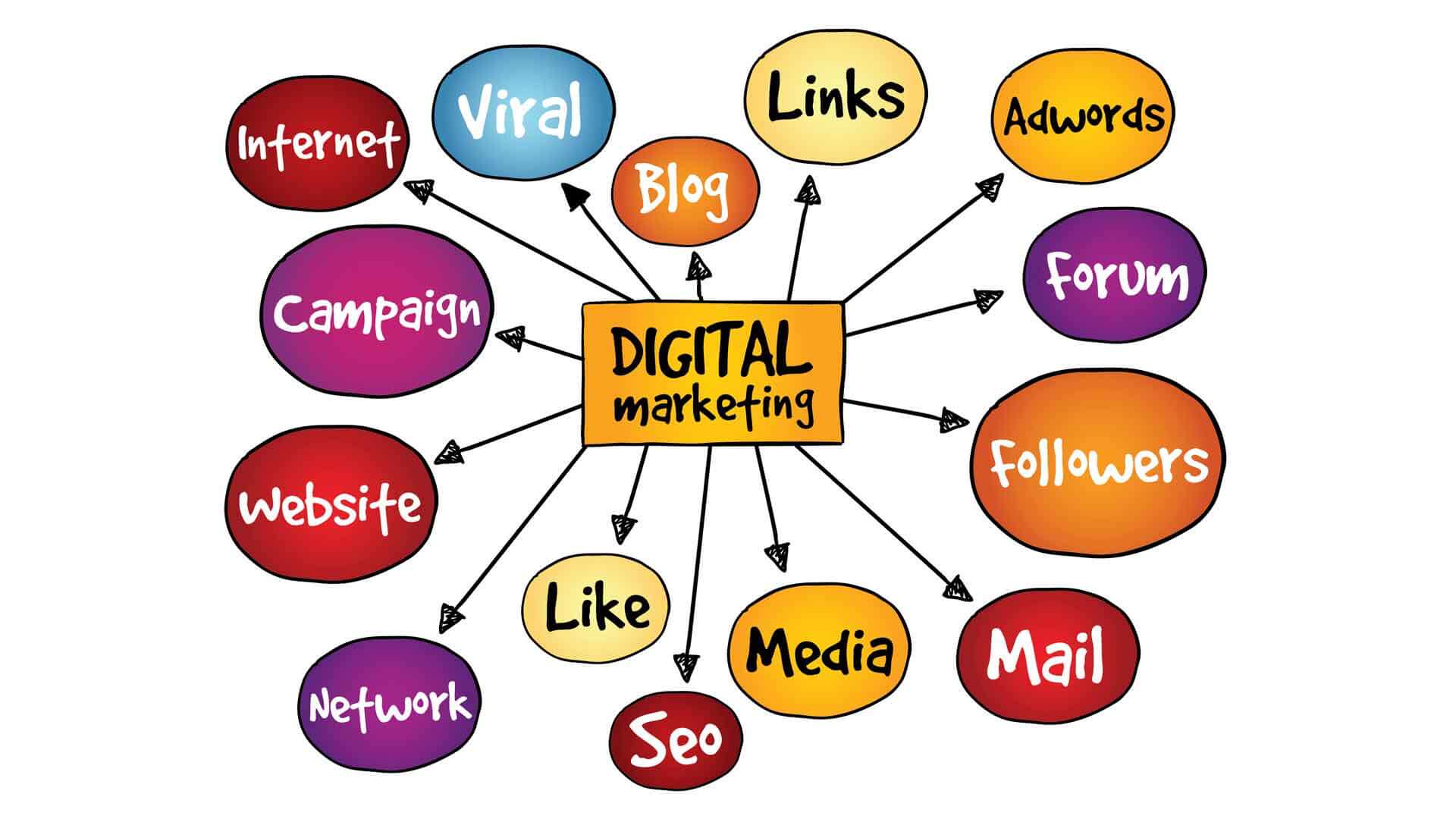
The history of native ads is an exciting subject for every marketer. The popularity of this way of promotion has improved a lot in the last few years.
Digital advertising is not part of those fringe supplements that came with the contemporary digitalization of marketing. It springs from way back in the 90s old-fashioned in its outlook and general setup. Yea, it should be, based on the digital resources at its disposal. But its’ history isn’t traced to the millennial age.
Native advertising has also been in the picture at the nascent stage of adverts in various forms such as advertorials (Adverts + Editorials).
But let’s pause here and know what “Native ads” actually means and how it differs from the orthodox banner ads.
Native ads are contents in an online publication that seem to blend itself into the mix of other contents published by the editorial board, but it’s actually a paid advert disguised as an editorial content. So it’ll definitely take an eye for details kind of prodigy or some geek in the field to actually grab the paid ads by their necks and say “spot on! It’s quite distinct from the orthodox ads since it doesn’t appear in all their full glares and beckoning to click for patronage. Call it a web chameleon, mimicking the editor’s color.
Brief History of Native Ads
Over the past century, a wide variety of native advertising strategies have been employed by brands in a dire bid to bait their target markets into buying whatever it is they are selling. In the 19th century, brands ran paid adverts juxtaposed to publicized events with huge media coverage as a strategy to attract financial returns on their business. The century also witnessed the combo of adverts and editorials, hence the coined name “advertorials“. Brands imbibed the trend of telling their stories with a plethora of copy in popular dailies and bestseller magazines. Invariably it is being seen as web copy and not a marketing gimmick but it still goes down to marketing, the interest of the audience is piqued in the lengthy copy which in turn triggers a need to buy into whatever is being sold.
While the century lived on, towards the 1940’s and 50’s, branded TV’s became the next big thing, little did the populace know that behind the façade of branded colorful viewing pleasures lies a soap opera marketing agenda. And so this branded TV’s publicized their soap operas and one could hardly figure out the original intent since they didn’t spell it out that it was an ad intended media outfit.
Now that didn’t mark the end of that wonderful strategy as it took a fresh dimension when these TV’s began doling out half an hour advertorials whenever prime-time takes a nap. That little break paved the way for infomercials. And then the new digital kid in the block showed up with the 21st century search ads that helped build up social media and tech conglomerates. AOL, Google and yahoo flaunted websites side by side with search results and that formed the foundations of the successes of social media giants and search engine companies like the highly revered Google and its contemporaries.
Growth and prospects
The juggernaut is getting filled, native ads trends are occupying the digital space as surveys and forecasts have showed that those who will be left out of the bandwagon of native adverts will be a pitiable lot among their counterparts. The growth expectancy rate looks bright, although only a handful of online marketers know this. One forecast by Business Insider says native advertising will drive 74% of all ad revenue by 2021. Unlike the olden where hard copies dominated as newsletters, magazines, dailies and journals, the world’s gone mobile and native ads are going to pry on that and rise up an online marketing renaissance in accordance to predictions.
Native advertising is predicted to hop into the back of social media and drive right into tremendous success through it.
The social media is expected to be the primal tool that will fuel the advancement of native advertising. The reason is within reach, mobiles have surpassed their desktop counterparts and the patrons of these handheld devices are all on social media, consuming contents daily. In the midst of all the voracious content consumption, native ads will slide in and have a field day raking profits for its users.













